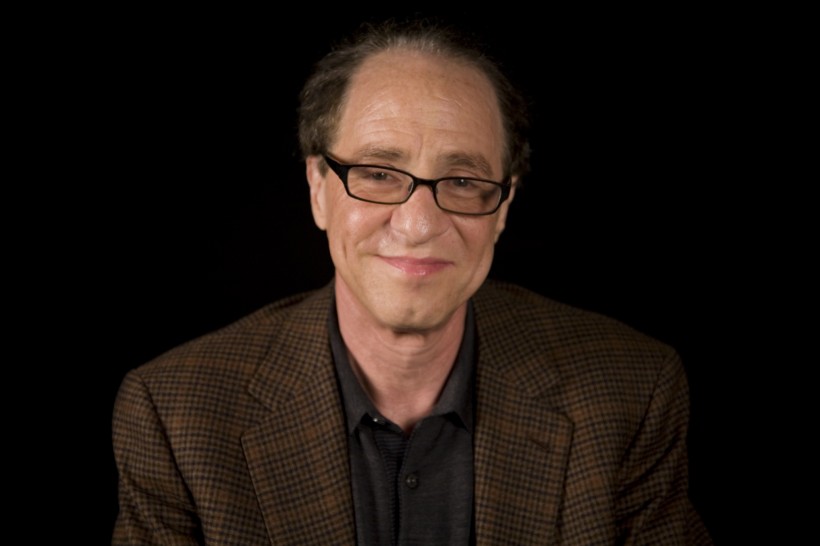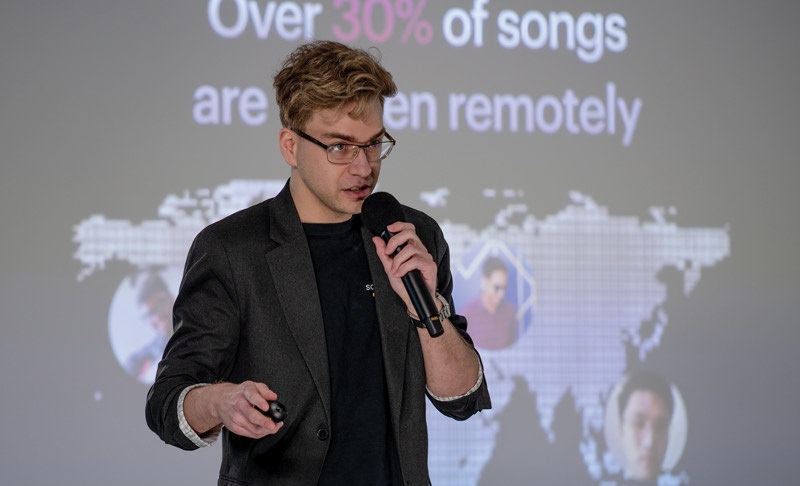Famed futurist Ray Kurzweil detailed the effects of his law of accelerated returns for a Halifax audience on Tuesday, showing how the exponential gains in technological capacity will change our lives sooner than we might think.
As the keynote speaker at the Big Data for Productivity Congress, the Director of Engineering at Google told more than 500 delegates that we are about 10 to 15 years away from life expectancy gaining by a year every year. That means that as we age, the likely age of our death will get farther away with each passing year.
He said that in the 2030s, healthcare and technology will merge so millions of microscopic robots will swim in our bloodstream, hunting out and destroying any diseases.
He said in the 2020s, 3D printing will reach a level of sophistication at which we will all print out our clothes, produced by open source design.
“The exponential growth in price performance and capacity applies to all technology,” said Kurzweil in his speech.
The author of five bestselling books, Kurzweil holds 20 doctorates and is known as one of America’s leading inventors, who Forbes magazine labeled the “ultimate thinking machine.” The foundation of all his thought is the belief that technology – all technology, whether it’s genetic, digital, or other – increases exponentially and decreases in price.
The problem is that the human brain thinks in a linear way and so most of us have trouble comprehending the ramifications of such leaps in technological achievement. As evidence, he said, we simply have to look at recent history. He noted that his cell phone has several billion times the power per dollar that the computer he used as an undergraduate had.
“If you start at one with a linear progression, 30 steps will get you to 30,” he said in an earlier interview with Entrevestor. “With exponential growth, 30 steps gets you to 1 billion.”
Kurzweil said the exponential growth of technology extends back before Moore’s Law was revealed, and he charted the development of computing power back to 1900. The history of computing, he said clearly shows the capacity doubles every year and a half or so, and this growth is seen not only in hardware but also in software.
What’s more, he said the cost of technology is falling by about a half each year.
These trends will greatly change human life in the next few decades, especially in the intersection of information technology and biotechnology.
In particular, he said technology is growing smaller and smaller and we are about two decades away from microscopic robots, or nanobots, being introduced into the human blood stream. They will be able to identify and attack diseases and repair the broken-down parts of the human body. Kurzweil said human genes are simply strings of data and the goal is to rebuild an outdated piece of bio-software.
Because of this and other advances, Kurzweil believes immortality is within the grasp of humanity. In fact, in the middle of the next decade he believes human life expectancy will grow by at least a year every year, so it will fade into the distance as we age.
In information technology itself, Kurzweil is especially excited by the potential of 3D printing, and said the real revolution in this segment will come in the 2020s as the printers drop in price and offer greater precision. A decade from now, we could all be printing our clothes at home, using open-source designs, he said. And the fashion industry? It will thrive because there will still be demand for high-end designs, just as the movie industry hasn’t been hurt by free online video.
In spite of the repeated new reports of wars and environmental blight, Kurzweil believes technological gains will continue to alleviate suffering and poverty. His greatest concern is bio-terrorism, in which terrorists could increase the lethality or contagion of diseases by tempering with the genetic makeup. But even here, there are steps that society can take to prevent such an occurrence, he said.
“Fundamentally, I think information technology will overcome poverty, disease, aging – many of the things that have challenged humanity throughout history.”










